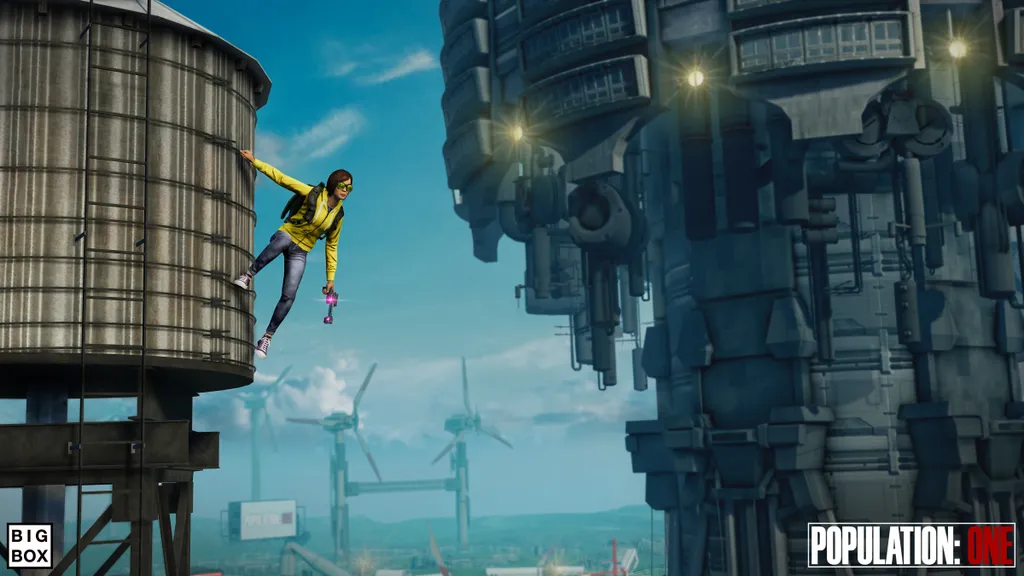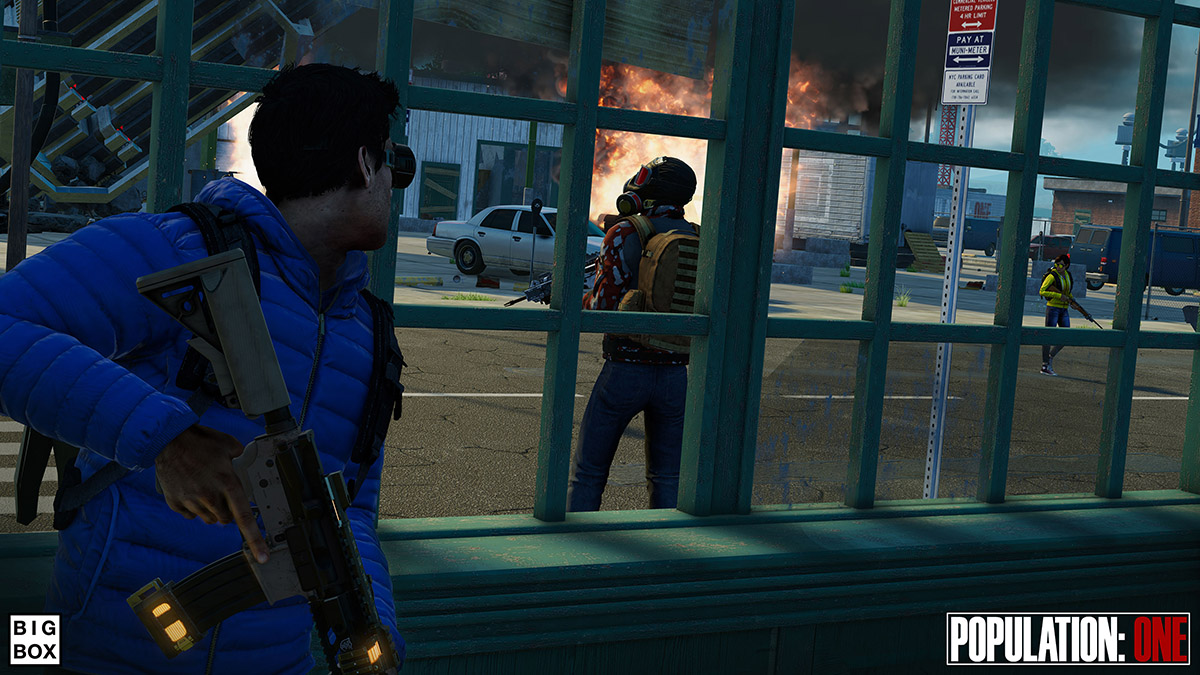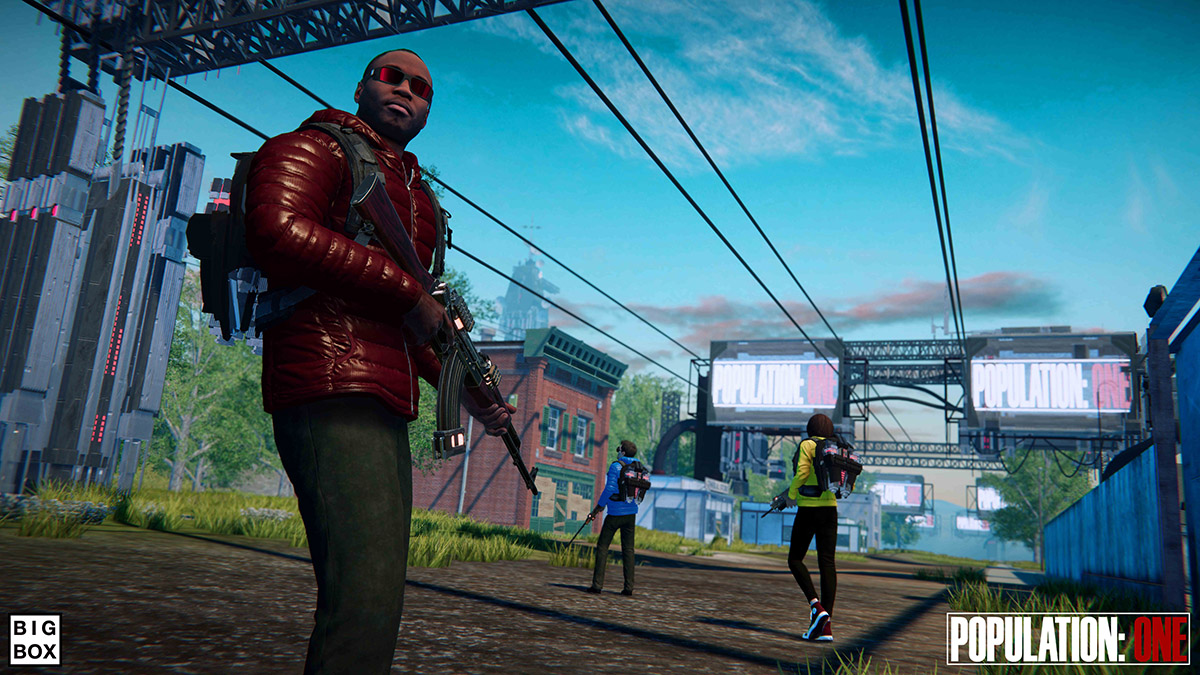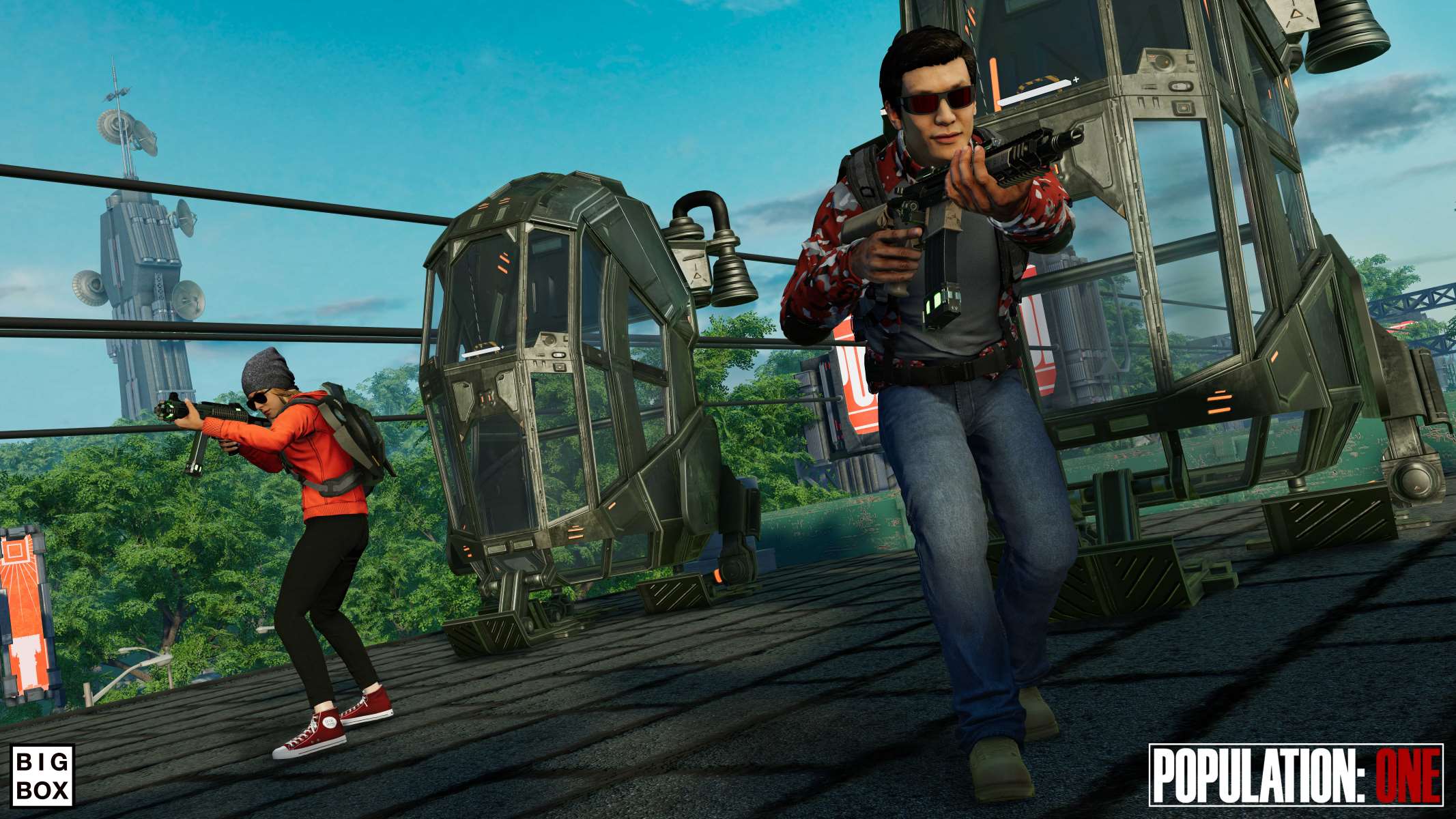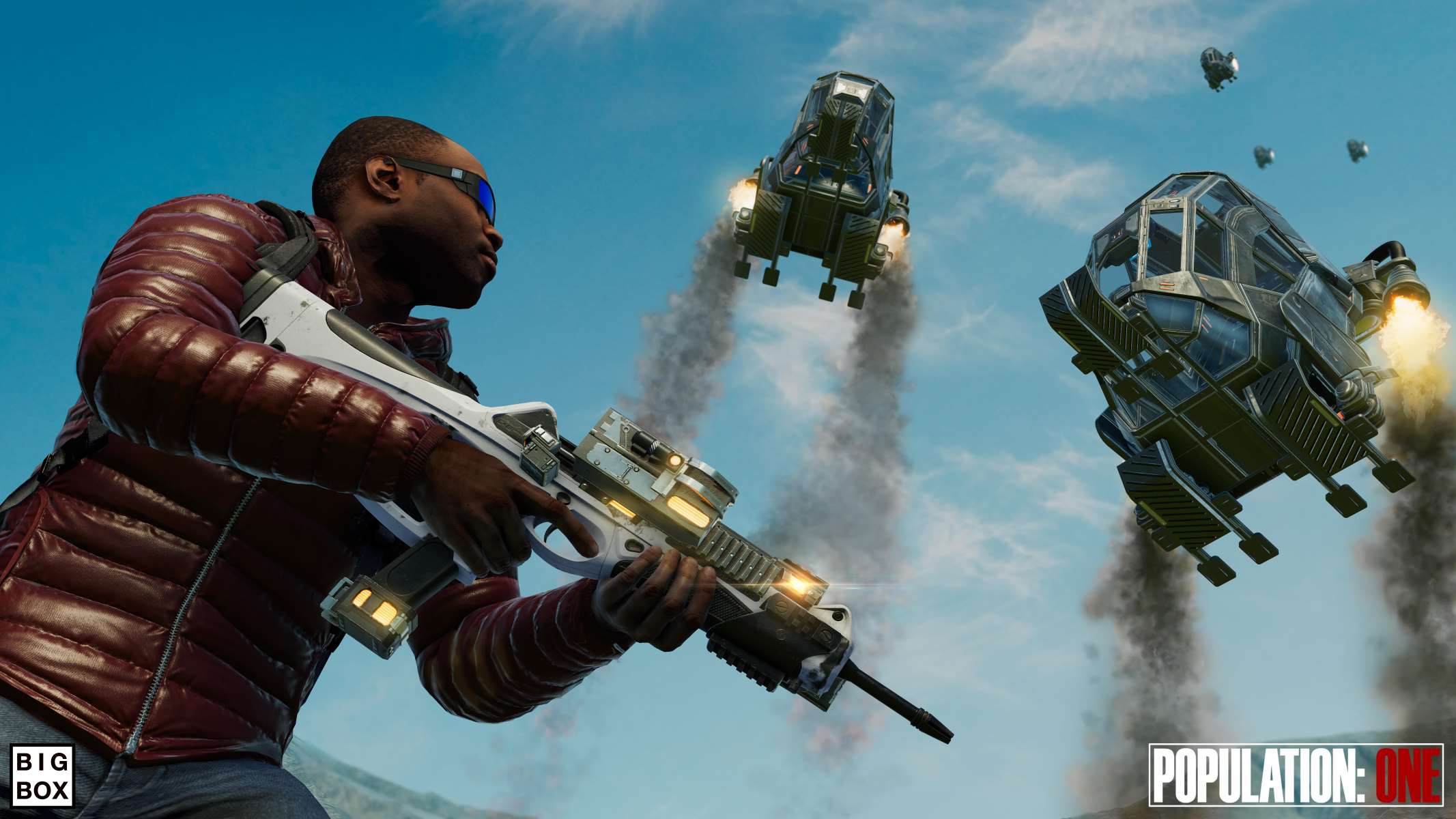The VR gaming landscape at the start of 2019 is extremely diverse and competitive. With reportedly over four million PC VR headsets in the wild, the market for high-quality and immersive VR games is large and constantly expanding. From realistic shooters like Onward to more fast-paced arcade FPS games such as Contractors and even large-scale warfare such as the 64-player battles in War Dust, the technology is no longer holding back designers from achieving their dream VR games.
During HTC’s CES 2019 press conference yesterday they highlighted a single upcoming VR game called Population: One from Big Box VR (the same team behind Smashbox Arena) and called it the first battle royale game in VR. Well, that’s not true since Stand Out, BAM, Rec Room’s Rec Royale, and soon Virtual Battlegrounds all exist, but it still looked impressive. After the conference was over I got the chance to try out the game on a Vive Pro with a Wireless Adapter in a short, abbreviated 2v2 match (instead of a full 24-player battle royale game on the massive one-kilometer map).
There’s still quite a bit of development left before Population: One is ready for release, but with that being said, it already feels much more polished than many of the other VR games I’ve played and reviewed. Visually it’s got a nice balance between bright, eye-popping colors and realism with solid character animations and full-body IK even on the player character.
Handling weapons is dead simple with a sleek inventory (you just pull guns out of floating boxes when you press the inventory button) and even the reloading mechanics highlight what you need to manipulate on the gun with glowing yellow colors. Obviously one of the downsides to this approach is that it rids the game of that sense of immersion that you get from having to reach down and grab your gun off of your waist like in other VR shooters, but when you trade immersion for gameplay fluidity sometimes it’s worth it.
Since this is a battle royale game at its heart there are a few things that happen that you’ve probably seen before if you’ve ever played PUBG, Fortnite, or any of the others I listed earlier. Basically you and up to 23 other people drop down into the map and have to scavenge for loot and gear to defend yourself. Slowly, over the course of the game, the safe zone is shrinking on the map which forces you to engage with other players and become the last one standing.
There are three fundamental features that set apart Population: One from its contemporaries: building, climbing, and gliding. The closest approximation to how building items works in Population: One is probably Fortnite, but it’s much less about rapidly creating enormous skyscrapers in a race to the top and more about erecting strategic cover spots and using them to your advantage.
This is further emphasized by the climbing system. Similar to Zero Caliber, Virtual Battlegrounds, and other recent VR games, you can climb anything and everything in Population: One. All you have to do is reach your hand out and squeeze the grip button and pull yourself up to start to climbing. Sometimes loot is hidden on roofs and other times it’s just great to have a height advantage over your enemy. Dangling on the top edge of a roof or wall and then peeking over to shoot is super satisfying and a fun way to take out enemies.
And the last piece of the puzzle is gliding. When you walk off of a roof or other tall structure you can glide around just by stretching your arms out to your side in a T-pose. Then by leaning from side to side you can glide around the level until you land back on the ground. That will not only help with traversal, but also in getting the jump on enemies.
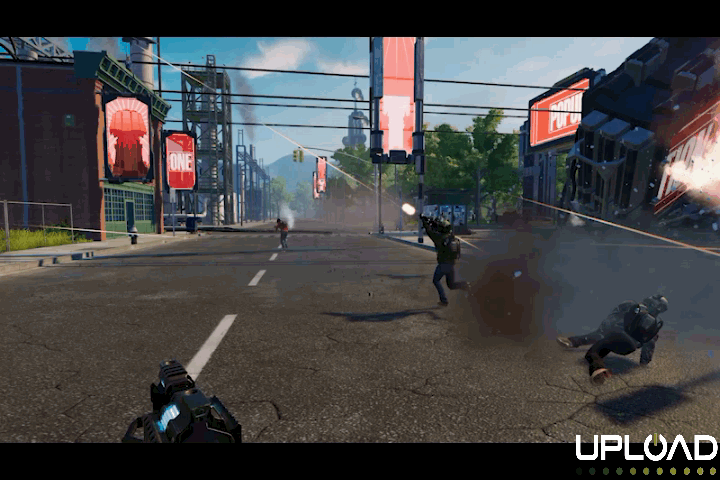
Movement options were interesting. Smooth turning wasn’t enabled for the demo environment, but I could turn off the FOV dimming that’s used to combat motion sickness. To go forward I could pull the trigger on my non-dominant hand (left) and point where to go, or use the touchpad on that same controller. The developers said that they found a lot of people prefer the point and pull the trigger method, but it takes getting used to for those with some VR shooter experience.
Since the demo was scaled back for the particular environment we played in, I didn’t get to experience the full satisfaction of taking out an entire other squad, but I did get a kill (and win) and tasted the elusive flavor of a VR chicken dinner.
Ultimately Population: One has a truly wonderful foundation, but games like this live and die by their community, not the gameplay. They’re going to have to get creative with how to keep players coming back for more, releasing updates, and more when it releases later this year in 2019 for Vive, Rift, and Windows Mixed Reality headsets.
What do you think of what you’ve seen from this game so far? Let us know down in the comments below!

